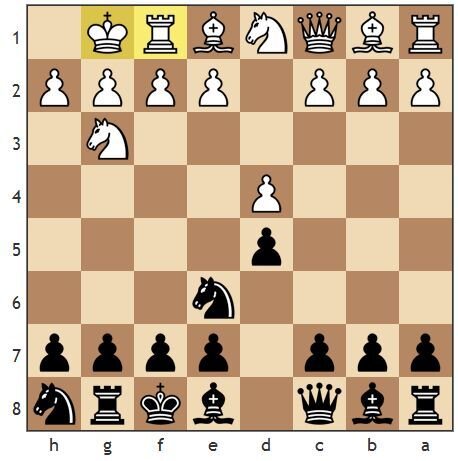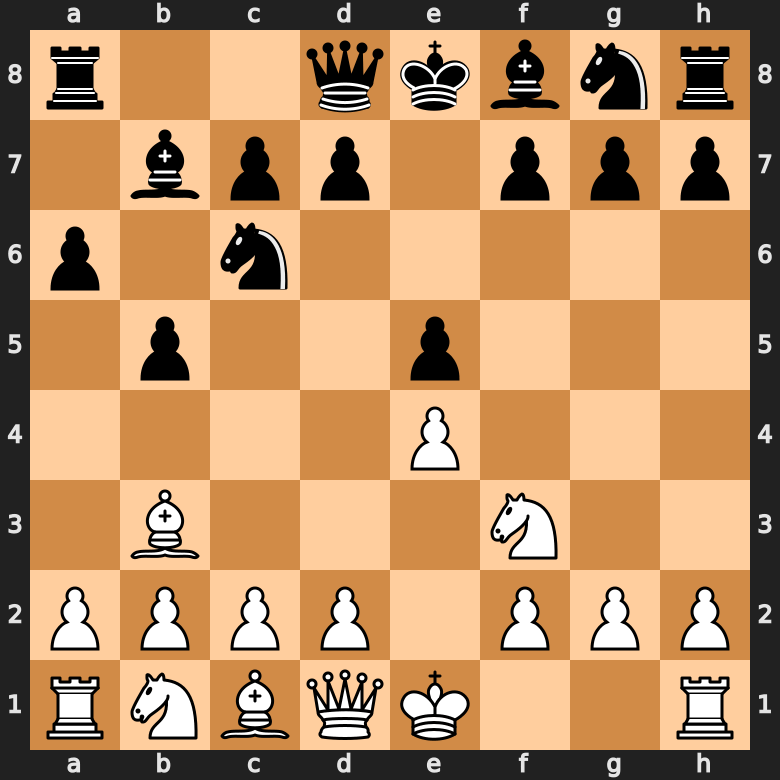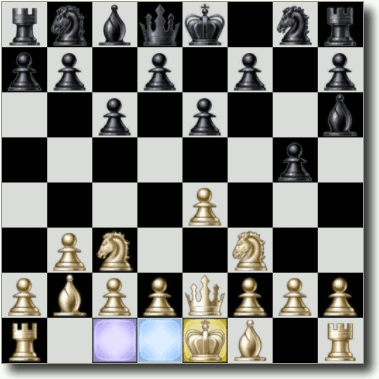Castling.
The Art of Castling in Chess

Chess can be a complex game if you don’t get the strategies right. It takes absolute commitment and interest to learn the tiny tricks that could place you in the list of finest players. Also, you can’t learn everything on your own. You borrow or even steal your opponent’s or mentor’s tactics to put up a strong competition. Even though you got everything right, there are certain moves that would keep your opponent pondering early in the game. Castling is one special move that could change the course of the game. However, you could only do it once in the game.
An elaborate guide.We can interchange the position of Rook and King .When there is no player in the same line.
To master the art of castling, you need to know the basics. The first rule would be castle early in the game. This is done so your can capture higher-grounds, as in the attack your opponent after capturing the centre of the board by keeping your ‘king’ safe. Let us identify the various settings of the board and get started with castling.
To understand this better, let’s just divide the board into two halves. Suppose you are a player who chose white and now you are seeing the board from the white’s side. Thus the left hand side is the queen side and the right hand side is the king side. The king can castle either ways as long as it is benefiting the game.
Basic idea- If you want to castle your king, it will move two squares to the left or right towards the corner of the rook and the rook as to move to the immediate next square of the king.
Disclaimer: You must move your king first and then your rook. Else, you opponent can claim that you moved your rook and that hinders your strategic move.
Example: You are playing the white and you are trying to castle your king to the king’s side. So, you have to move two squares to the right and your rook must take the position opposite the king in the next square. This castling is termed as O-O castling.
However, if you are trying to castle your king to the queen’s side, you must move two squares to the left and your rook from the left corner must place itself in the next square opposite to the king. This castling is termed as O-O-O castling.
This is the move that you need to master if you wish to be a champion chess player. One step at a time and you will learn them all, though try practising them in a game rather than just reading about it.
Instances when you can’t castle
The king and the rook must be in its original position. If you move either one of them or even both, castling is not possible.
Check once that all the squares between the king and the rook are empty. Only in the absence of any piece between these, castling is possible.
If your king is in check, you cannot castle
The king can’t castle in a place where it could face a check
The king also can’t castle if one empty square between the king and rook is upon check. The king can’t skip the square.
Much like castling, there are other moves that could be helpful to establish a hold over the board. Mind Mentorz is an after school academy that helps your kids enrich themselves through various medium of engrossments like Coding, Rubik’s cube, chess and Robotics. We stand for supplementing kids with the gift of transforming their hobbies into skills and then profession. We mentor your kids to learn and improve at what they love doing.
Castling as a definition
Castling is a move that is made by the king to serve two purposes a) To move the king to a safer position, pushing it away from the centre. b) To move the rook to a more active strategic position where it can function freely.
Castling is moving the king two squares in either side of the board from its original position towards the rook and positioning the rook square pass the king to a more functioning positing, guarding the king.


Comments
Post a Comment